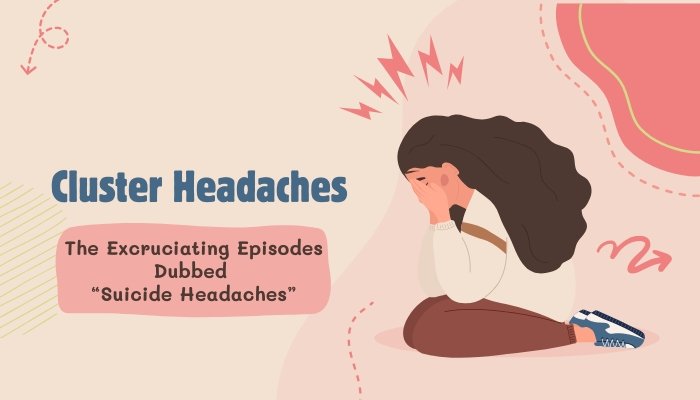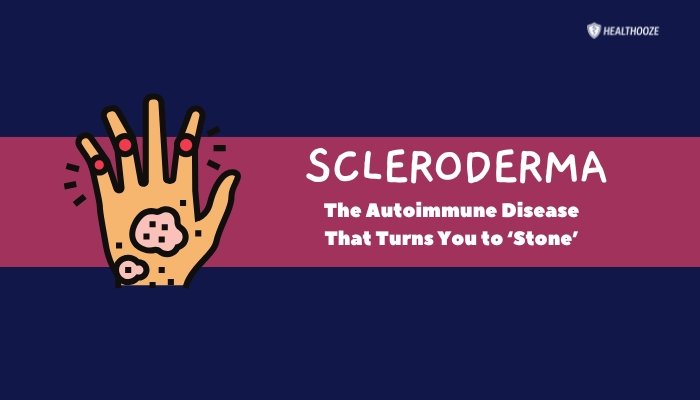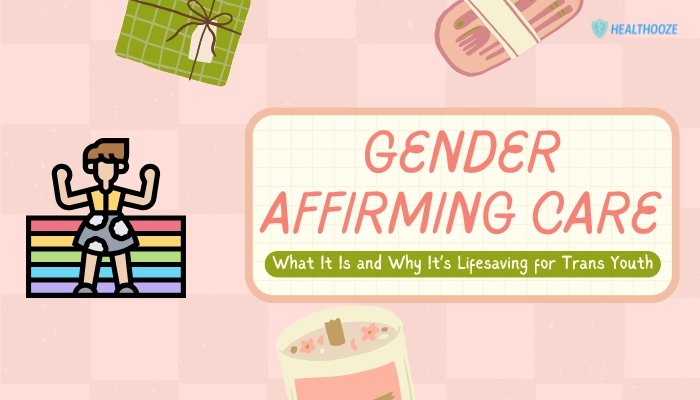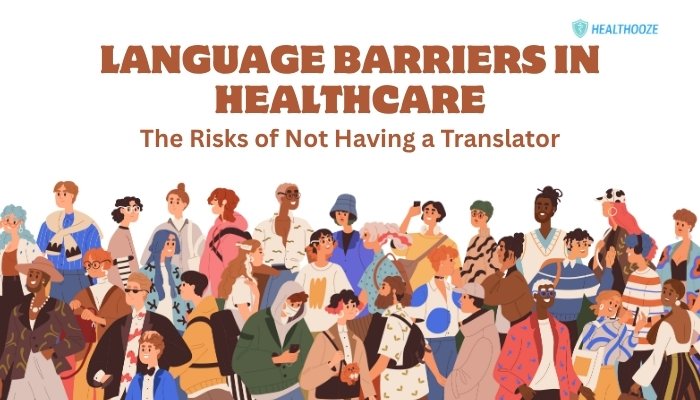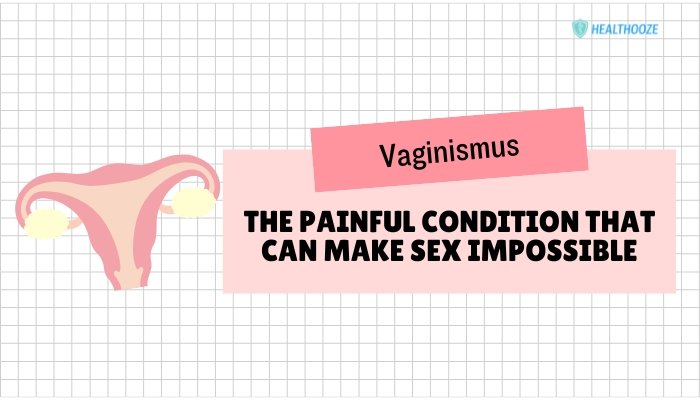Introduction
Often described as one of the most agonizing head pains known, cluster headaches have earned the ominous nickname “suicide headaches.” The excruciating intensity, coupled with the recurrent and cyclical nature of attacks, can push sufferers to emotional extremes if left unmanaged.
While less common than migraines or tension headaches, cluster headaches can dramatically disrupt daily life, impacting everything from work to relationships. This article examines how cluster headaches differ from other headache types, explores possible triggers, and outlines key treatment approaches that can provide some relief for those afflicted.
Understanding Cluster Headaches
What Are Cluster Headaches?
A cluster headache is a primary headache disorder characterized by recurrent, severe unilateral head pain. The pain typically centers around or behind one eye or temple, causing a sharp, piercing sensation that can last from 15 minutes to three hours. Attacks occur in clusters, striking multiple times a day for several weeks or months, followed by remission periods when they vanish for months or even years.
Hallmark Features
- Unilateral Pain: Strictly on one side of the face or head, rarely switching sides within the same cluster period.
- Restlessness: During attacks, individuals may pace, rock, or moan—unlike migraines, which often force the sufferer to lie still.
- Autonomic Symptoms: Red, teary eyes; a droopy eyelid on the painful side; runny or stuffy nose; facial sweating.
Who Is Affected?
Though anyone can develop cluster headaches, they frequently begin in one’s 20s or 30s, and occur more in males than females. A family history can increase risk, suggesting a genetic component. Environmental or lifestyle factors—like smoking—may influence severity, though underlying causes remain somewhat elusive.
Why Are They Called “Suicide Headaches”?
Pain Intensity
Cluster headache pain is often ranked among the most severe pains known, outstripping childbirth or kidney stones in some sufferers’ reports. During an episode, it can feel impossible to focus, speak, or rest; many have described it as feeling like a “hot icepick” piercing their eye.
Psychological Toll
Because these headaches recur so relentlessly—sometimes multiple times a day for weeks—sufferers may fall into despair. The unpredictability of attacks and temporary nature of relief can lead to feelings of hopelessness, contributing to the chilling moniker “suicide headaches.”
Emotional Distress
People with chronic cluster headaches, where remission phases are short or nonexistent, risk cumulative exhaustion, depression, or anxiety about when the next incapacitating wave of pain will strike. Without proper treatment or support, the psychological strain can be severe.
Potential Triggers and Causes
Hypothalamus Involvement
Researchers believe cluster headaches link to the hypothalamus—a region in the brain controlling circadian rhythms. Episodes often appear at the same time each day or cluster in seasonal “bout” patterns. This internal clock function could explain why attacks can abruptly begin or end in extended cycles.
Environmental or Lifestyle Factors
- Alcohol: Even minimal intake can trigger an attack during an active cluster period.
- Strong Odors: Certain chemicals, perfumes, or smoke might precipitate pain for sensitive individuals.
- Altitude Changes: Some notice triggers at high elevations or during air travel.
Smoking
While not definitively proven as a cause, many cluster headache patients report a history of tobacco use. Experts speculate nicotine or carbon monoxide might aggravate or escalate cluster headache susceptibility.
Management and Treatment
Acute Relief
- High-Flow Oxygen: Inhaling pure oxygen via a non-rebreather mask can abort an attack within minutes for many patients.
- Triptans: Sumatriptan injections or nasal sprays help shorten attacks if used early.
- Intranasal Lidocaine: A quick-acting local anesthetic, occasionally providing short-lived relief.
Preventive Therapies
- Verapamil: A calcium channel blocker used to reduce the frequency and intensity of cluster cycles.
- Corticosteroids: Short bursts to break an active cluster, though not sustainable long-term.
- Lithium: Sometimes effective in chronic clusters.
- Galcanezumab: A CGRP monoclonal antibody with some evidence of decreasing cluster headache attacks.
Neuromodulation and Lifestyle
- Occipital Nerve Blocks: Local anesthetic injected near occipital nerves might relieve or preempt attacks.
- Deep Brain Stimulation: Reserved for medication-resistant chronic cluster patients, targeting hypothalamus or other structures.
- Lifestyle: Avoiding known triggers (alcohol, specific allergens), ensuring consistent sleep, and halting tobacco use can help moderate or prevent attacks.
Living with Cluster Headaches
Emotional and Social Adjustments
Dealing with repeated crippling pain can push relationships, careers, or friendships to the limit. Open communication, supportive workplaces, or flexible schedules allow individuals to manage sudden episodes more comfortably.
Support Networks
From dedicated forums (like cluster headache groups) to online communities or in-person meetups, connecting with peers fosters a sense of validation—knowing others experience and understand these “suicide headaches.”
Coping Strategies
- Abort Attack Early: Recognizing early signals (mild twinges or eyelid drooping) and promptly using oxygen or medication can shorten episodes.
- Physical Routines: Some find moderate exercise or cold/hot compresses help reduce mild symptoms, though severe attacks usually require medical therapy.
- Mental Health: Therapy or counseling may mitigate the mental burden of frequent, unpredictable attacks.
Hope in Ongoing Research
Emerging Drug Options
Continued interest in CGRP (calcitonin gene-related peptide) antagonists, already promising in migraines, extends to cluster headache studies. Future therapies could reduce the severity and frequency of cyclical headache bouts.
Personalized Medicine
As advanced imaging and biomarker research expand, personalizing cluster headache care—for example, tailoring neuromodulation or drug combos—may yield better outcomes for those with resistant cases.
Early Diagnosis
Greater awareness among healthcare professionals can result in earlier recognition of cluster headaches, minimizing misdiagnoses as sinus headaches or migraines. Swift detection fosters more immediate relief with correct treatments.
Conclusion
While cluster headaches may be less known than migraines, their paralyzing, recurrent pain demands equal attention. Nicknamed “suicide headaches,” these attacks leave sufferers physically and emotionally drained, requiring rapid and effective relief. By understanding the hypothalamic roots, identifying triggers, and accessing both acute rescue (like oxygen) and preventive medications (such as verapamil or CGRP-targeted therapies), many find ways to limit episodes’ devastation. As research uncovers new angles to manage or even prevent cycles, there is hope that individuals with cluster headaches can break free from the worst aspects of these debilitating episodes—restoring control and quality of life.
References
- Headache Classification Committee of the International Headache Society (IHS). The International Classification of Headache Disorders, 3rd ed. Cephalalgia.
- May A, Leone M, Evers S, et al. Cluster headache: pathophysiology and clinical features. Lancet Neurol.
- Robbins MS, Starling AJ, Pringsheim TM, et al. Treatment of cluster headache. Neurology.
- https://americanheadachesociety.org/

